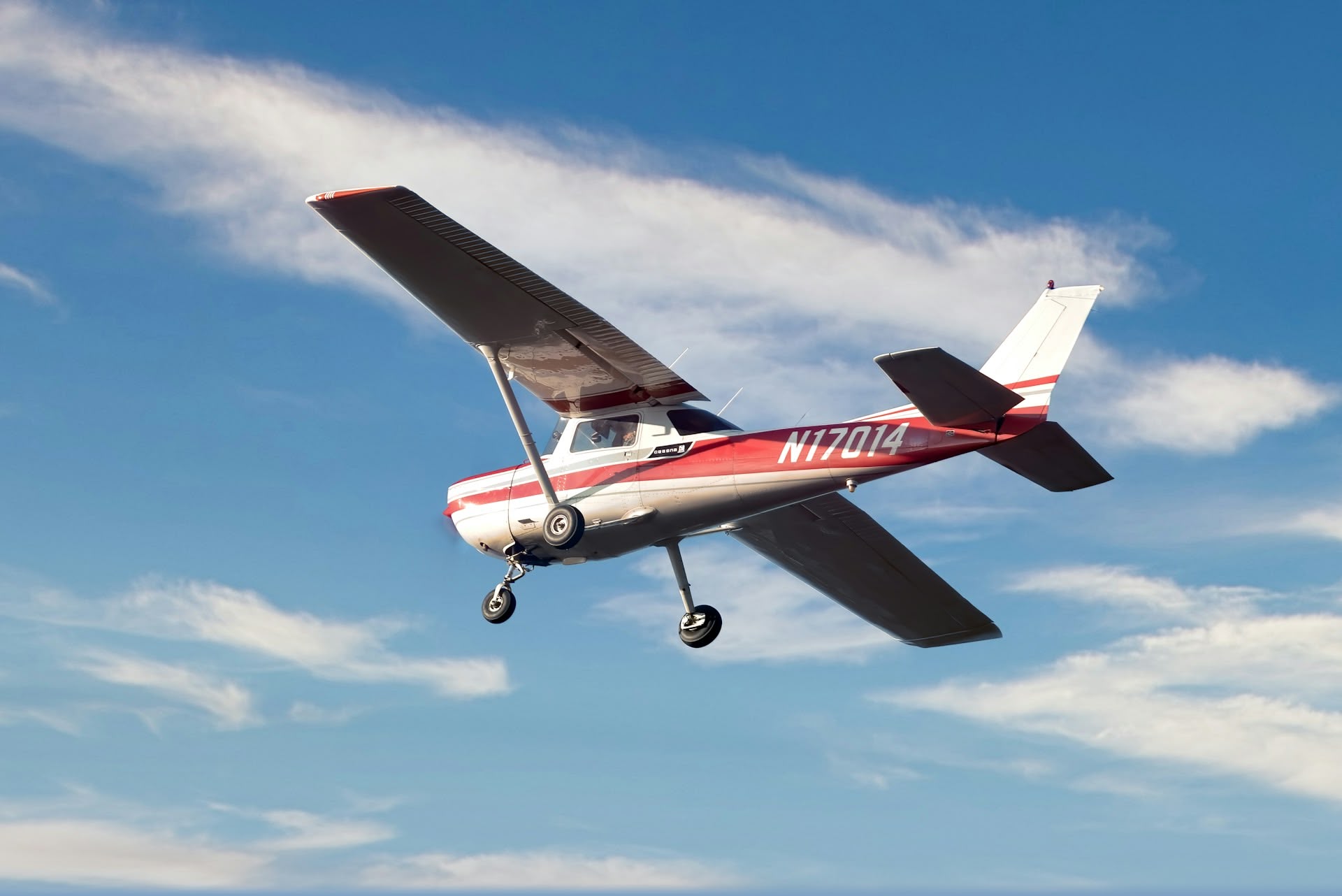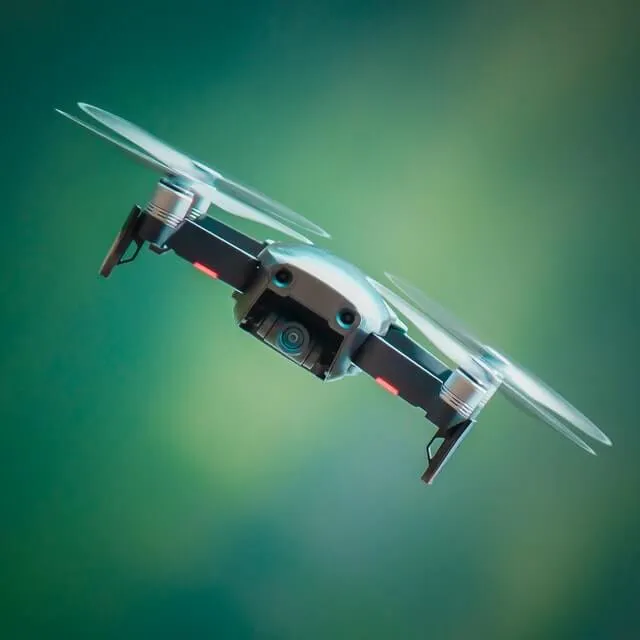The long-awaited MOSAIC regulation promises to revolutionize sport pilot privileges and light sport aircraft certification


The aviation community received game-changing news at EAA AirVenture Oshkosh 2025 when U.S. Transportation Secretary Sean P. Duffy announced the finalization of the MOSAIC (Modernization of Special Airworthiness Certification) rule. This landmark regulation, over a decade in the making, fundamentally transforms the light sport aircraft category and sport pilot privileges.
At Skywatch, we understand how regulatory changes impact pilots and aircraft owners. That's why we're committed to keeping you informed about the latest developments in aviation, helping you navigate these changes while ensuring your aircraft remains properly protected.
What MOSAIC Changes?
The most significant change eliminates the restrictive 1,320-pound weight limit that has constrained light sport aircraft since 2004. This limitation previously kept many capable aircraft out of reach for sport pilots, forcing compromises in safety features, useful load, and overall capability.
Under the new rule, aircraft qualification now depends on a "clean" stall speed (VS1) of 59 knots calibrated airspeed rather than weight. This performance-based approach allows manufacturers to design safer, more capable aircraft without arbitrary weight restrictions.
Sport pilots can now access aircraft with up to four seats (though still limited to one passenger), controllable-pitch propellers, and retractable landing gear with appropriate training and endorsements. This expansion means approximately three-quarters of the general aviation fleet becomes accessible to sport pilots within 90 days of the rule's publication.

Impact on Aircraft Certification?
MOSAIC doesn't just expand pilot privileges - it revolutionizes aircraft certification. The new LSA 2.0 category allows manufacturers to use industry consensus standards rather than traditional FAA certification processes for aircraft meeting the expanded definition.
This streamlined approach significantly reduces certification costs while maintaining safety standards. Electric propulsion systems are now permitted, along with modern avionics and safety features previously restricted by outdated regulations.
The rule also enables aerial work operations using light sport aircraft, including infrastructure inspections, photography, and agricultural surveillance—expanding commercial opportunities for sport pilots.
Safety and Innovation Benefits
By removing weight restrictions, manufacturers can incorporate modern safety features like ballistic parachutes, improved crash protection, and advanced avionics without compromising useful load. The original light sport aircraft category proved that industry consensus standards could deliver safe, modern aircraft with minimal FAA oversight.
MOSAIC builds on this success, promising more innovation in recreational aviation. The solid safety record of existing LSAs provided the foundation for this expansion, demonstrating that performance-based standards can maintain safety while encouraging technological advancement.
Timeline and Implementation
Changes affecting sport pilots and light sport repairmen take effect 90 days after final rule publication. Aircraft certification changes begin one year after publication, giving manufacturers time to prepare new designs under the expanded standards.
The aviation industry anticipates this will drive significant growth in recreational flying, flight training, and aircraft manufacturing. For pilots considering sport pilot certification, the expanded aircraft options make this pathway more attractive than ever.
As these changes take effect, ensuring proper insurance coverage becomes increasingly important. Whether you're flying a traditional light sport aircraft or planning to step up to a more capable aircraft under the new rules, Skywatch remains your trusted partner in aviation insurance, helping you stay protected while exploring new possibilities in the sky.
Frequently Asked Questions
Q: When do the new MOSAIC rules take effect?
A: Changes for sport pilots and light sport repairmen become effective 90 days after the final rule publishes. Aircraft certification changes take effect after 365 days.
Q: Can sport pilots now fly four-seat aircraft?
A: Yes, sport pilots can operate aircraft with up to four seats under MOSAIC, though they're still limited to carrying one passenger.
Q: Does MOSAIC eliminate all weight restrictions?
A: Yes, the 1,320-pound weight limit is completely removed. Aircraft qualification now depends on a maximum stall speed of 59 knots calibrated airspeed.
Q: What training is required for controllable-pitch propellers and retractable gear?
A: Sport pilots will need appropriate training and endorsements to operate aircraft with these features, similar to current requirements for other aircraft systems.
Q: Will this affect insurance requirements?
A: Insurance requirements may vary based on the specific aircraft and its capabilities. It's important to work with knowledgeable aviation insurance providers who understand these regulatory changes.
Q: Can light sport aircraft now be used for commercial operations?
A: Yes, MOSAIC allows aerial work operations including infrastructure inspections, photography, filming, and agricultural surveillance using light sport aircraft.
Learn more about the FAA’s new MOSAIC rules – Read the final document - Read here >>










